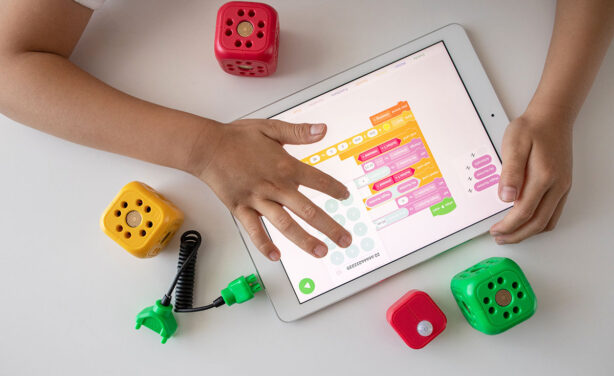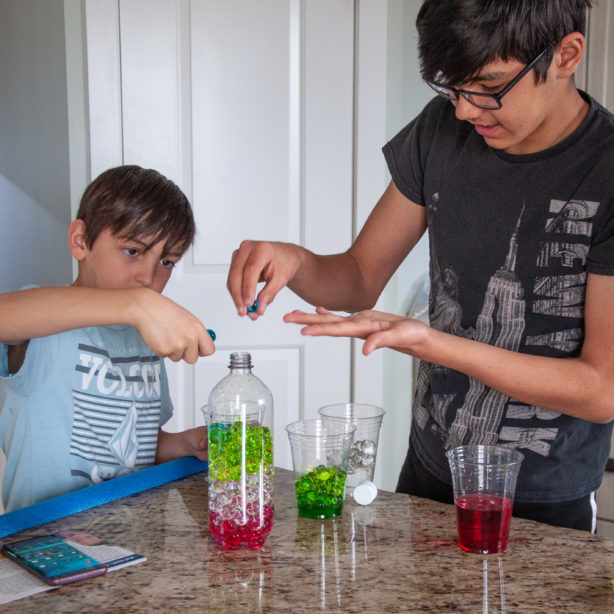When it comes to helping your child excel at school, both educators and parents have started to focus more and more on supporting different types of learners.
The idea was first developed in the 80s, and attempts to create categories for 4 types of learners depending on the ways they best receive and retain information.

The model is a godsend for parents who have historically struggled to understand the inner workings of their kid’s brain. (Who can really get into the mind of a teenager, right?)
And, while imperfect, it offers essential insights into the different types of learners and the way that they best learn.
The most generally-recognized 4 types of learners are: visual learners, auditory learners, reading/writing learners, and kinesthetic learners.
And if you’re trying to find the best ways to support your child in their education, consider trying these quick tips for ways to support the 4 different types of learners:
Visual Learners

Perhaps obviously, visual learners take in information best through sight. They enjoy pictures, illustrations, graphs, mind maps, and charts.
Visual learners like to see the information laid out in front of them. When presented with words or music, their brain may even quickly translate that information into images.
To support visual learners, encourage them to get creative with their in-class note-taking. Often, students are taught to take notes using written words alone, but visual learners may benefit from drawing pictures, making graphs, or creating other visual references.
You might also consider enrolling a visual learner in Ontario high school online courses or an online school near you, since online learning tends to focus heavily on a visual learning style.
Auditory Learners

You guessed it: auditory learners learn with their ears. They often show a preference for verbal learning modes like lectures and oral presentations.
Given a choice between reading a textbook chapter and hearing the instructor read it aloud, they might choose the latter.
And when they have an internal issue to work through, they probably won’t reach for a diary, preferring instead to “talk things out.”
Supporting an auditory learner is simple – just talk to them! If they have trouble understanding a math concept or literary text, encourage them to try and explain it to you out loud.
The more you can get an auditory learner talking and listening, the more comfortable they will feel in education.
Reading/Writing Learners

Does your kid rush to their room to write in their diary, keep a daily journal, write poetry in their spare time, text up a storm, or read books like they’re going out of style?
You might have a reading/writing learner on your hands.
Supporting a reading/writing learner is relatively simple, because so much of the traditional education system is centered on this style of learning.
Encourage them to read, and to write out their thoughts and feelings. Activities like making lists and rewriting notes will be effective study tools for this learning type.
Kinesthetic Learners

Finally, kinesthetic learners are those who prefer to learn by doing. They like to get their hands in there, to learn through tactile experimentation.
They express themselves through movement, body language, and physical effort.
Kinesthetic learners often tend to gravitate toward sports and other physical disciplines. And they likely will do their best learning through activities like science experiments and field trips.
To support your kinesthetic learner, schedule educational activities that supplement in-class learning.
Even cooking a dish or trying a sport mentioned in a school-studied novel could help a kinesthetic learner connect more with the material.

Of course, all kids benefit from exposure to all types of learning. Don’t shelter your kid from unfamiliar learning types because they express a preference for one or another.
Rather, use the information to help them when they struggle, and to accommodate them in their educational journey, whether that’s by helping them learn at home or by choosing a school that better supports them.
Having that extra support may help make the difference between a good school experience and a great one!
